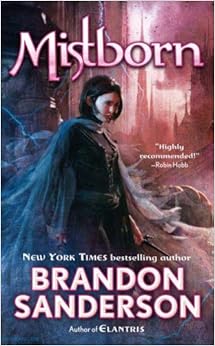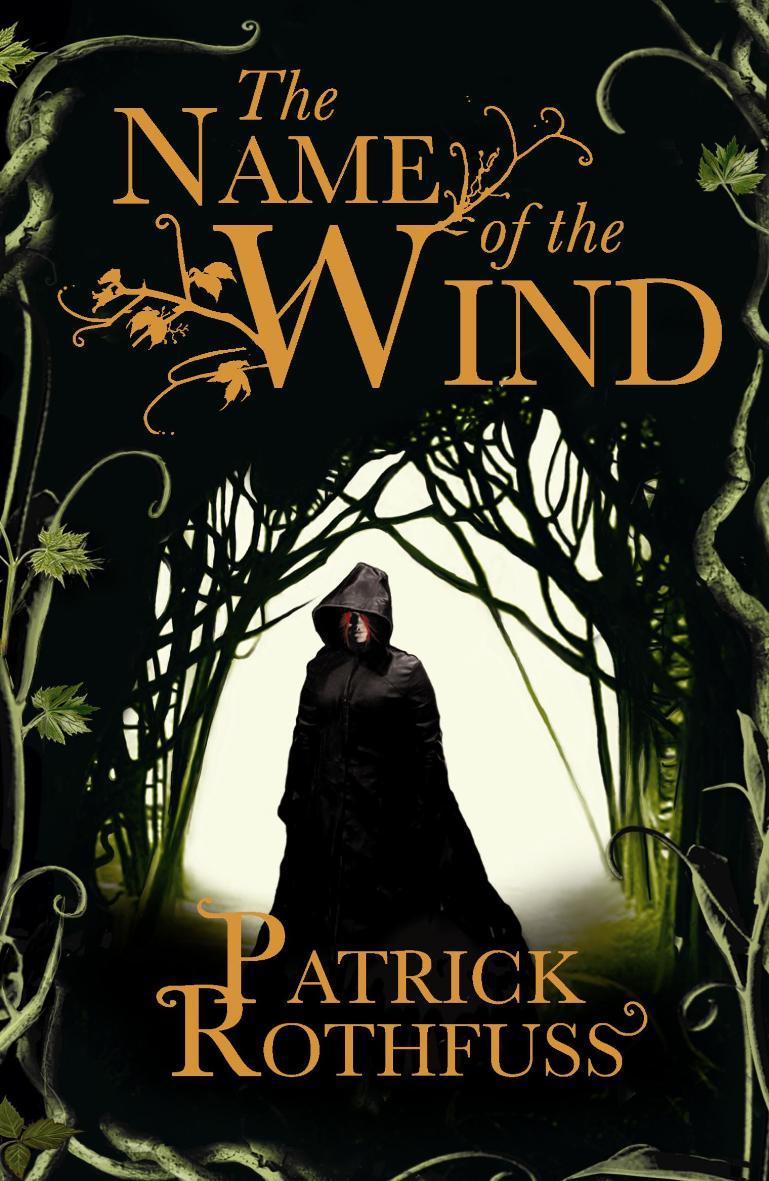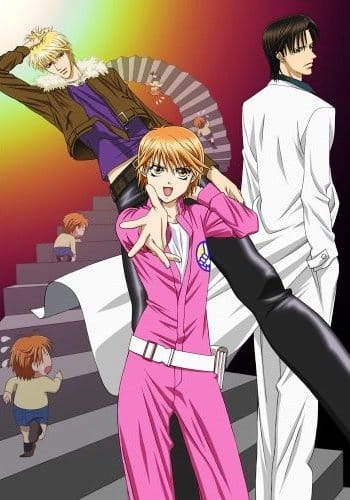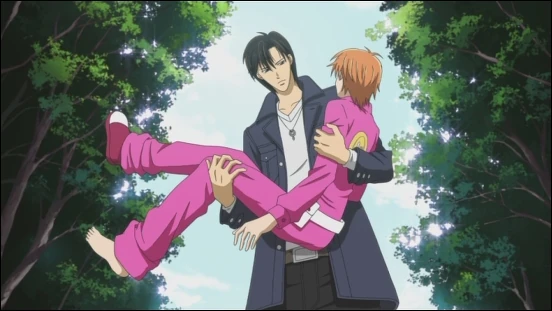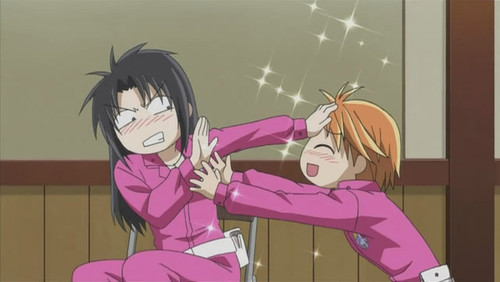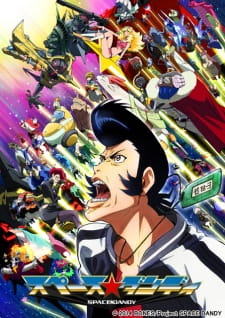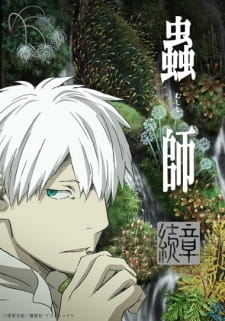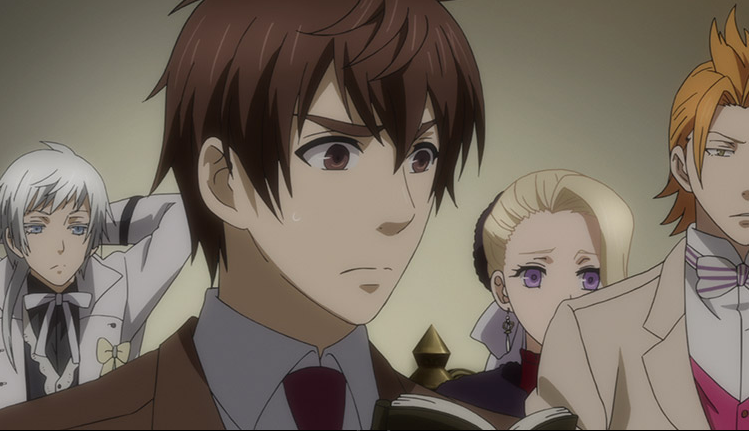The events here in A Dance With Dragons, the fifth installment of A Song of Ice and Fire series, run parallel to
A Feast for Crows. Readers can follow Jon, Tyrion, Daenerys, Davos, and Brandon once again after the events in
A Clash of Kings. Halfway through this book, some of the characters from A Feast for Crows reappear indicating that the split of narratives from two locations have merged.
Tyrion Lannister is a renegade fleeing King's Landing and the wrath of his sister. While Jon Snow, the new lord commander of the Night's Watch, has to deal with brothers constantly questioning his decisions, a demanding Stannis Baratheon, the Wildlings they have defeated, and the looming threat beyond the Wall. Daenerys is torn between her desire to go home and her duty to the people she freed. Her rule in Meereen is challenged and rumors of forces gathering to oust her only made her position vulnerable. What's more, she seems to have lost control of her dragons. Davos on the other hand needs to find allies for Stannis in White Harbor. He has nothing to offer but he has to try anyway. Meanwhile, Bran and company are still searching for the three-eyed crow.
Nothing has changed much in the narrative and style except a slight tendency for most characters to spend more time brooding than usual which I also noticed in A Feast for Crows. The book was narrated from the point of view of sixteen characters, excluding the prologue and epilogue. The new POVs include Melisandre, a man first referred to as The Lost Lord, and Barristan Selmy. A few new characters are introduced, some of whom surprised me and just made the scramble for the throne more exciting.
I think the appeal of the series is its characters. If you look more closely, most of the events (particularly warring factions fighting for the Iron Throne) have similarities in history. Moreover, the series has not offered anything new in terms of magic system, fight scenes, creatures and worldbuilding, but it's revolutionary in how it has portrayed different characters. The television series has helped complement the inadequate fight scenes in the books. There's a tendency to jump to events after the fights. Clever but it borders on laziness. Some fans might hate me for saying this but everything else in the series is cliche, predictable, and even boring because it's been done before. Except for the characters.
I'm also glad I didn't start reading the series years ago. The waiting would have been frustrating (it's good that some fans can refresh their memory by watching the TV series though). So, is it worth the wait? If the rest of the series do not seem exciting, I think the characters alone are worth the wait.
The book series might seem intimidating to people who are not into high fantasy (just look at the thick volumes!) but it has opened a door to the genre. The narrative is lengthy but not complicated. There are a lot of characters to remember but the series does not have convoluted plots and too many missing pieces that you're not sure if they matter in the story or not.
Rating: 7 out of 10
Related posts:











